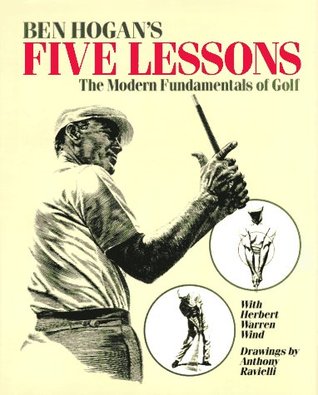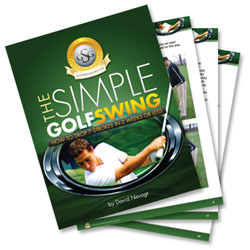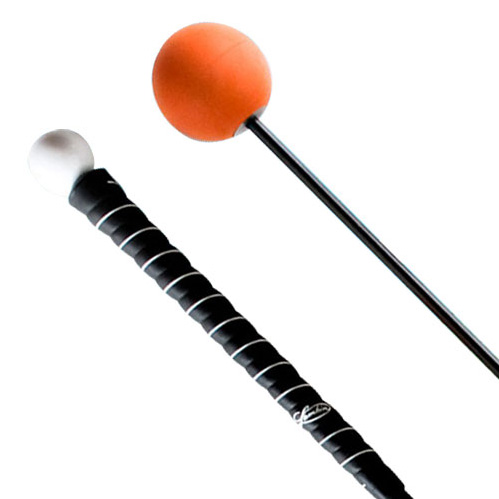What 2 Factors Influence Golf Direction?
|
|
| There
are no secrets or mysteries to golf direction, it's down to simple
geometry and physics as to why the golf ball will go to the left or right,
straight or curve. There are 2 factors alone that influence the
direction and shape the golf ball will take on its journey to its
destination, they are:
Golf Direction Factor 1 - Path Of Swing:
The
path of swing describe the direction in which the club head is heading
at the moment of impact with the golf ball. There are 3 possible
outcomes, it will either be:
1) Inside To Outside
- meaning that at the moment of impact the club head would have arrived
at the ball from inside the target line (imaginary straight line
running through the ball to the target) and heading outside the line of
target after contact, which will result in the ball traveling right of
target initially. |
2) Inside To Inside
- meaning that at the moment of impact the club head would have arrived
at the ball from just inside the target line but heading back inside of
the target line after contact, which will result in the ball traveling
straight at the target initially. This path of swing is preferred as it
will give you the most consistent results.
3) Outside To Inside
- meaning that at the moment of impact the club head would have arrived
at the ball from outside the target line and heading inside the target
line after contact. Probably the most common path of swing amongst
average golfers, and a major cause for golf slicing.
If you are
problems with golf slicing, then i would recommend Dave Jones 'Instant
Golf Slice Cure', it's a great golf ebook that is easy to follow and
has been specifically designed to help you cure your golf slice in 4
simple steps.
N.B. that the preferred path of swing for golf
direction is inside to inside and not straight to straight! this is
because when you are set up to the golf ball it is some distance away
from your body, so the golf swing will naturally have an inclined shape
to it.
Golf Direction Factor 2 - Clubface Position:
The
clubface position describes what the clubface is doing at the moment of
impact. Again there are 3 possible positions, which are as follows:
1) Clubface is Open
- if the clubface position is open at the moment of impact then the
golf ball will always curve to the right, resulting in a fade or slice
(depending on how open the clubface is).
2) Clubface is Square - when the clubface position is square at the moment of impact, then the golf ball will always travel straight.
3) Clubface is Closed
- if the clubface position is closed at the moment of impact, then the
golf ball will always curve left, resulting in a draw or hook (again,
depending on how closed the clubface is).
These 2 factors, path
of swing and clubface position work in partnership and create the golf
ball flight laws, which states that there are only 9 basic shot
patterns.
 |
Golf Swing Books:

Golf Swing EBooks:

Golf Swing Training Aids:

| |
Golf
Swing Instruction, Tips & Drills:
|
What 3 Factors Influence Golf Distance?Increasing
golf distance is a goal that the majority of players are looking to
achieve these days! Find out what 3 key factors influence golfing
distance below, and start working on improving your average golf
driving distance today... What 2 Factors Influence Golf Direction?There
are no secrets or mysteries to golf direction, it's down to simple
geometry and physics as to why the ball will go to the left or right,
straight or curve. There are 2 factors alone that influence the
direction and shape the golf ball will take... Golf Ball Flight Laws - 9 Basic Shot Patterns!There
are only 2 factors that influence the direction and shape that your
golf shots will take, your path of swing and your clubface position!
Path of Swing has 3 variables, it will either be: 1) Inside to Outside
- ball direction starts right... How Important Is A Pre Shot Routine?A
pre shot routine is really a structured series of tasks that you create
for yourself before actually playing each golf shot. The length and
quantity of these tasks will vary depending on personal styles and
preferences, so you'll need to spend...
|
|
|
|
|

